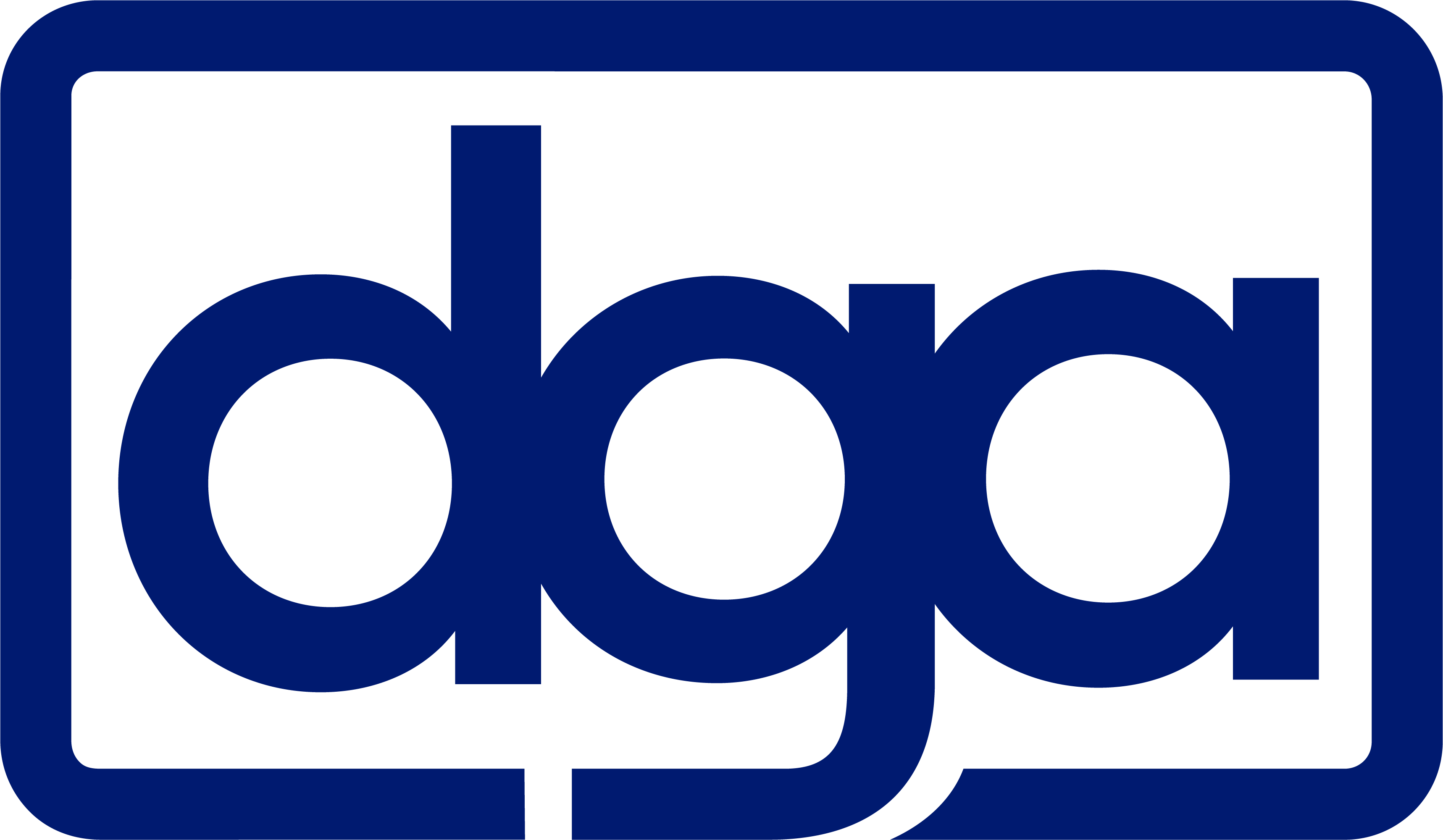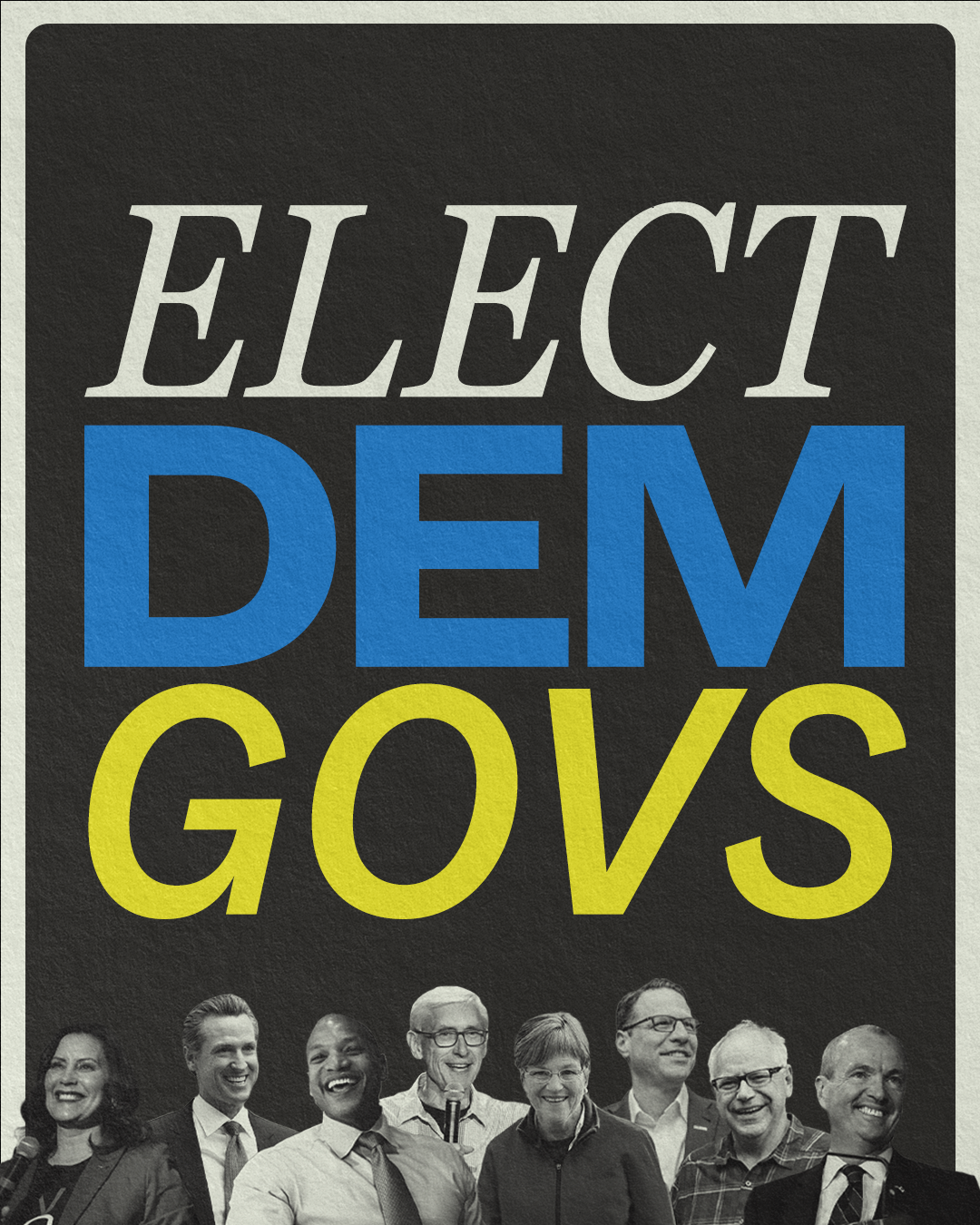With gridlock and partisanship having all but paralyzed Washington, governors are at the forefront of our country’s policy divide. On the No. 1 issue facing our nation — how to ensure that Americans are winners, not losers, in the 21st-century economy — two divergent approaches frame the debate. Texas Gov. Rick Perry is highlighting this debate with his trip to Maryland on Wednesday.
The contrast is clear: Should we slash taxes on the wealthiest Americans — crippling our ability to invest in schools, job training, infrastructure and health care — because we believe that even lower taxes for our wealthiest will magically lead to jobs and robust economic growth? Or should we make tough choices together that provide the resources to invest in schools, bolster growing industries and create quality middle-class jobs?
Perry and like-minded Republican governors subscribe to the slash-and-burn economic philosophy — a belief that “less” will somehow become “more.” In Texas, he has implemented this vision with gusto, cutting taxes and slashing funding for critical middle-class priorities such as public schools, higher education, health care and infrastructure. The results? Texas ranks 49th in high school graduation, 10th in the rate of poverty and 50th in the percent of residents with even basic health insurance.
And while Perry likes to promote the job creation in Texas during his time in office, he leaves out a critical point: The jobs “miracle” he touts is driven by low-paying, non-sustainable jobs. This year, Texas — tied with Mississippi — leads the nation for the percentage of hourly paid workers earning equal to or less than the minimum wage. More than one in 10 workers nationwide earning at or below the minimum wage works in Texas.
The fallacies of his argument don’t end there. Even on Perry’s preferred metric for comparison — taxes — businesses fare quite well in Maryland. According to the Anderson Economic Group, Maryland’s businesses have the seventh-lowest business tax burden, while Texas ranks 17th. Additionally, both established firms and new investments do well in Maryland. The conservative Tax Foundation ranks Maryland as having the eighth-lowest tax burden on mature firms, while Texas ranks 12th. Ernst and Young ranks Maryland as having the 12th-lowest tax burden on new investment; Texas has the 20th-lowest burden.
My administration has made Maryland a better place to do business by focusing on middle-class and sustainable jobs. In addition to being No. 1 in median income, the median wage for hourly workers in Maryland is $14.17 vs. $12.00 in Texas, which lags the national median of $12.80. And while Texas leads the nation in minimum-wage workers, the U.S. Chamber of Commerce ranks Maryland first in the nation in innovation and entrepreneurship, second in concentration of science, technology, engineering and math jobs and third for its “talent pipeline.”
How did we make this possible? By investing in our schools, which Education Week has ranked No. 1 in the nation since 2007. Maryland did more than any other state to hold down rising college tuition costs. We modernized infrastructure and invested in growing sectors such as biotechnology and life science, green technology and clean energy, aerospace and advanced manufacturing.
These investments didn’t come without a price. First, my administration cut more in state spending than any governor in Maryland history. We also had to ask the wealthiest Marylanders to pay a bit more by making income taxes progressive for the first time in state history.
This is the issue facing our nation. Will we make the tougher and better choices that fuel modern economies — investing in education, innovation and infrastructure — and create jobs along the way? Or will we sacrifice these critical investments with the false promise of tax cuts and trickle-down economics that make for slick ads?
Those who believe the latter is preferable should be asked tough questions: How much less education do we think would be good for our children? How much less public safety would be good for our cities? How many fewer college degrees would be good for our nation?
The United States is the world’s greatest job-creating, opportunity-expanding democracy. But like a garden, we must tend to it if we expect it to yield results in the future. We must resist those who say we will be the first generation of Americans to give our children a country of less. Instead, we must commit, together, to the urgent work of creating more jobs and more opportunity. We can do that only by making more — not fewer — investments in the future.
The contrast is clear: Should we slash taxes on the wealthiest Americans — crippling our ability to invest in schools, job training, infrastructure and health care — because we believe that even lower taxes for our wealthiest will magically lead to jobs and robust economic growth? Or should we make tough choices together that provide the resources to invest in schools, bolster growing industries and create quality middle-class jobs?
Perry and like-minded Republican governors subscribe to the slash-and-burn economic philosophy — a belief that “less” will somehow become “more.” In Texas, he has implemented this vision with gusto, cutting taxes and slashing funding for critical middle-class priorities such as public schools, higher education, health care and infrastructure. The results? Texas ranks 49th in high school graduation, 10th in the rate of poverty and 50th in the percent of residents with even basic health insurance.
And while Perry likes to promote the job creation in Texas during his time in office, he leaves out a critical point: The jobs “miracle” he touts is driven by low-paying, non-sustainable jobs. This year, Texas — tied with Mississippi — leads the nation for the percentage of hourly paid workers earning equal to or less than the minimum wage. More than one in 10 workers nationwide earning at or below the minimum wage works in Texas.
The fallacies of his argument don’t end there. Even on Perry’s preferred metric for comparison — taxes — businesses fare quite well in Maryland. According to the Anderson Economic Group, Maryland’s businesses have the seventh-lowest business tax burden, while Texas ranks 17th. Additionally, both established firms and new investments do well in Maryland. The conservative Tax Foundation ranks Maryland as having the eighth-lowest tax burden on mature firms, while Texas ranks 12th. Ernst and Young ranks Maryland as having the 12th-lowest tax burden on new investment; Texas has the 20th-lowest burden.
My administration has made Maryland a better place to do business by focusing on middle-class and sustainable jobs. In addition to being No. 1 in median income, the median wage for hourly workers in Maryland is $14.17 vs. $12.00 in Texas, which lags the national median of $12.80. And while Texas leads the nation in minimum-wage workers, the U.S. Chamber of Commerce ranks Maryland first in the nation in innovation and entrepreneurship, second in concentration of science, technology, engineering and math jobs and third for its “talent pipeline.”
How did we make this possible? By investing in our schools, which Education Week has ranked No. 1 in the nation since 2007. Maryland did more than any other state to hold down rising college tuition costs. We modernized infrastructure and invested in growing sectors such as biotechnology and life science, green technology and clean energy, aerospace and advanced manufacturing.
These investments didn’t come without a price. First, my administration cut more in state spending than any governor in Maryland history. We also had to ask the wealthiest Marylanders to pay a bit more by making income taxes progressive for the first time in state history.
This is the issue facing our nation. Will we make the tougher and better choices that fuel modern economies — investing in education, innovation and infrastructure — and create jobs along the way? Or will we sacrifice these critical investments with the false promise of tax cuts and trickle-down economics that make for slick ads?
Those who believe the latter is preferable should be asked tough questions: How much less education do we think would be good for our children? How much less public safety would be good for our cities? How many fewer college degrees would be good for our nation?
The United States is the world’s greatest job-creating, opportunity-expanding democracy. But like a garden, we must tend to it if we expect it to yield results in the future. We must resist those who say we will be the first generation of Americans to give our children a country of less. Instead, we must commit, together, to the urgent work of creating more jobs and more opportunity. We can do that only by making more — not fewer — investments in the future.


